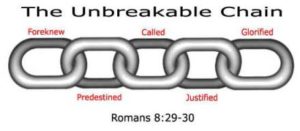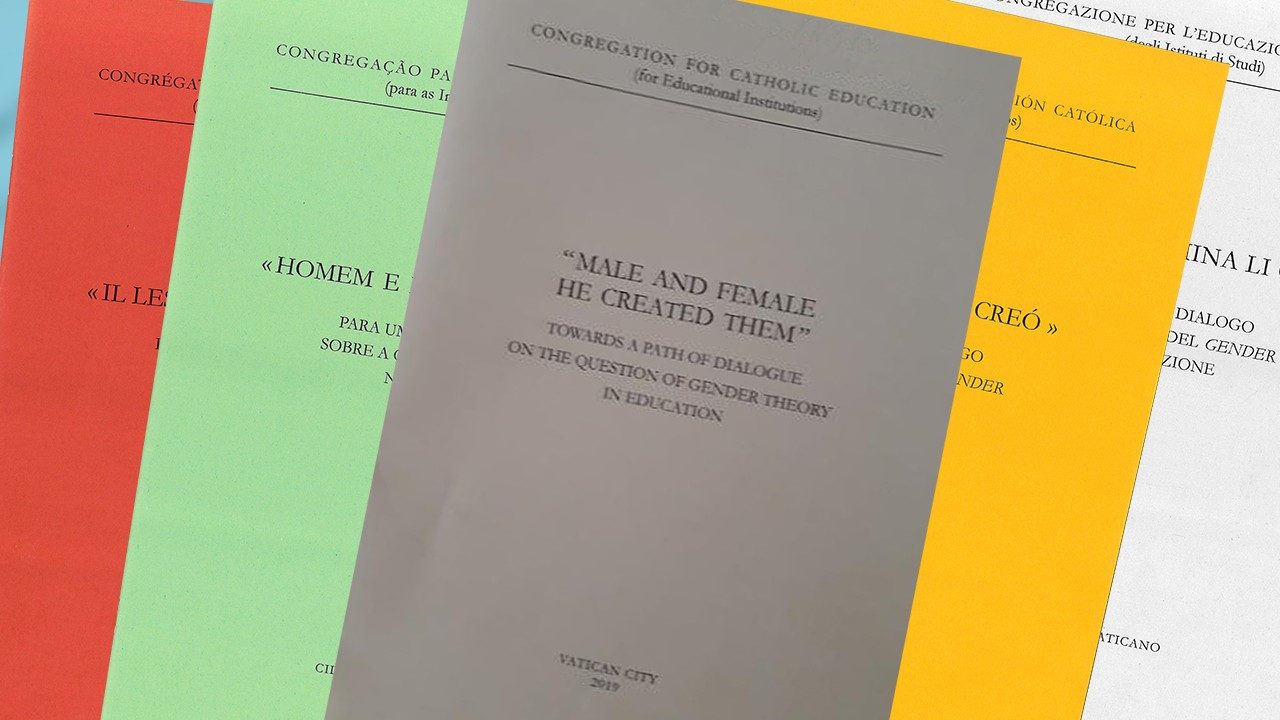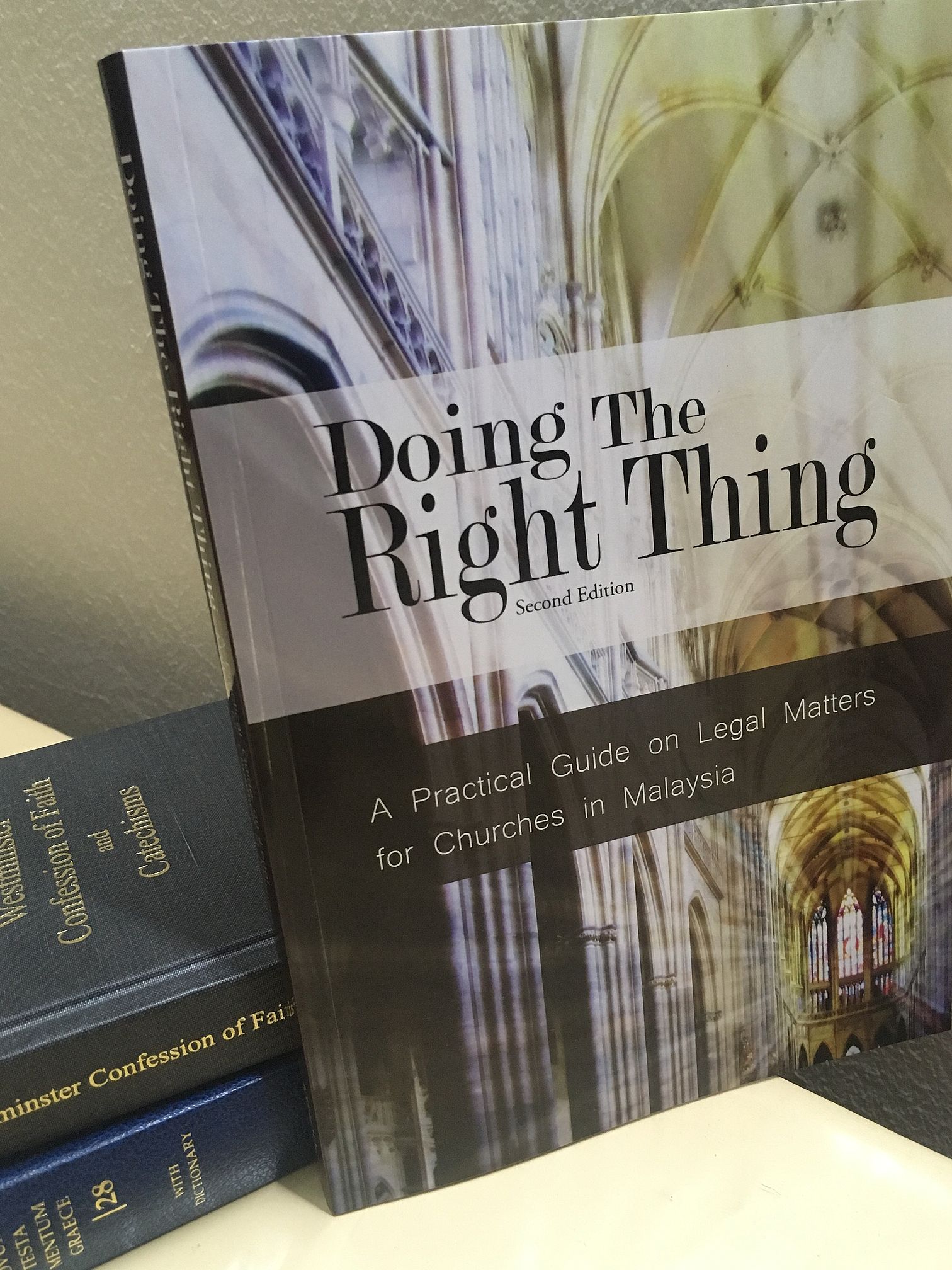
Any suggestion that homosexuality is a choice (rather than being inborn), or that homosexual desire can be overcome through conversion therapy is increasingly not tolerated by the elite which controls the Western mainstream media and institutions of higher learning. Amazon has joined these guardians of social thought by banning books that support conversion therapy – Amazon Pulls Books By Catholic Writer Who Promoted Conversion Therapy. According to NBC News:
Amazon has removed English-language books by a man largely considered “the father of conversion therapy” from its site following mounting pressure from LGBTQ activists.
Dr. Joseph Nicolosi, founder of the now-shuttered Thomas Aquinas Psychological Clinic, as well as the National Association for Research and Therapy of Homosexuality (NARTH), authored several how-to guides directed to parents of LGBTQ youth, including “A Parent’s Guide to Preventing Homosexuality.” His books are some of the most well-known works about conversion therapy, the pseudoscientific practice of trying to change a person’s sexual orientation or gender identity.
Christian blogger, Denny Burk rejects the ban by Amazon as “chilling” even though he is personally no fan of Nicolosi. Burk also finds the secular models of Reparative Therapy (RT) inadequate as “they attempt to explain sinful problems without the category of “sin.” Continue reading “Amazon Bans Books on Homosexual “Conversion Therapy.””




 165 pages, 9” x 6” x 0.5”.
165 pages, 9” x 6” x 0.5”.
